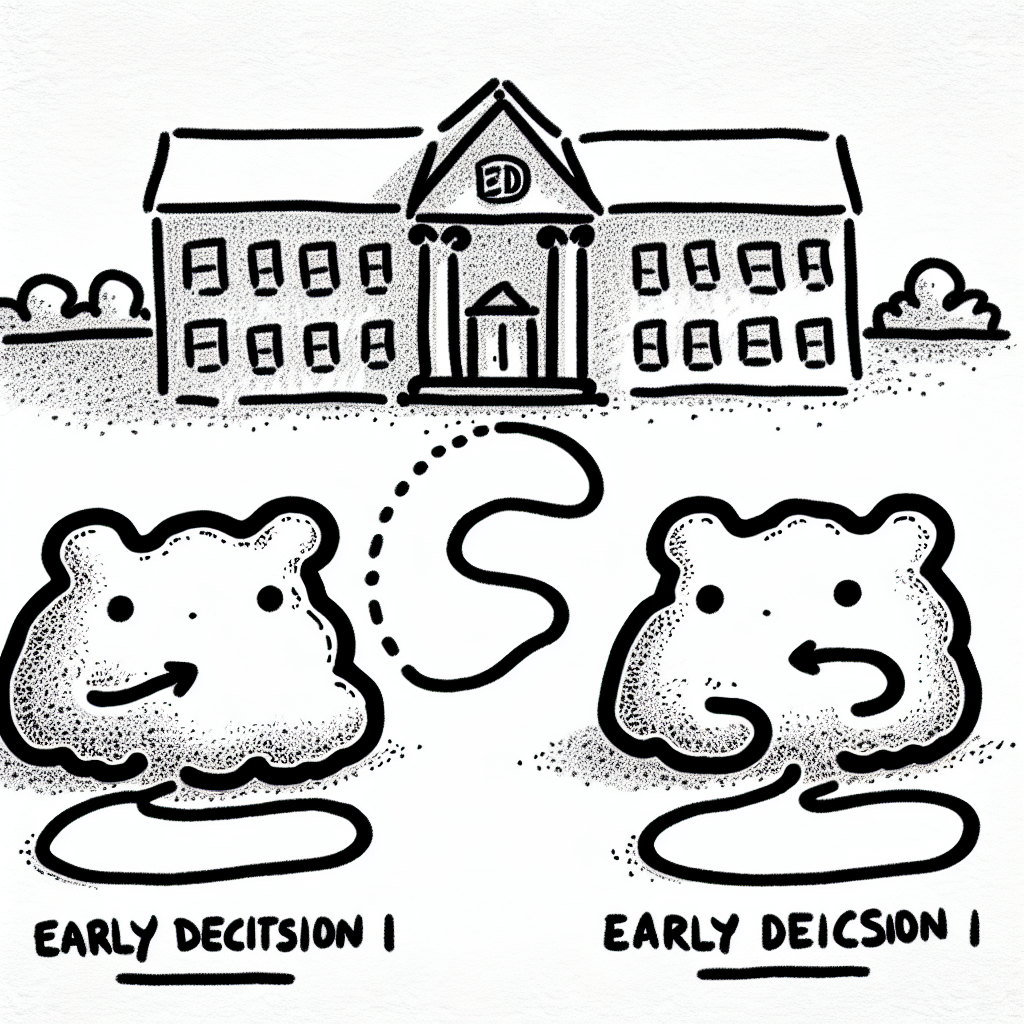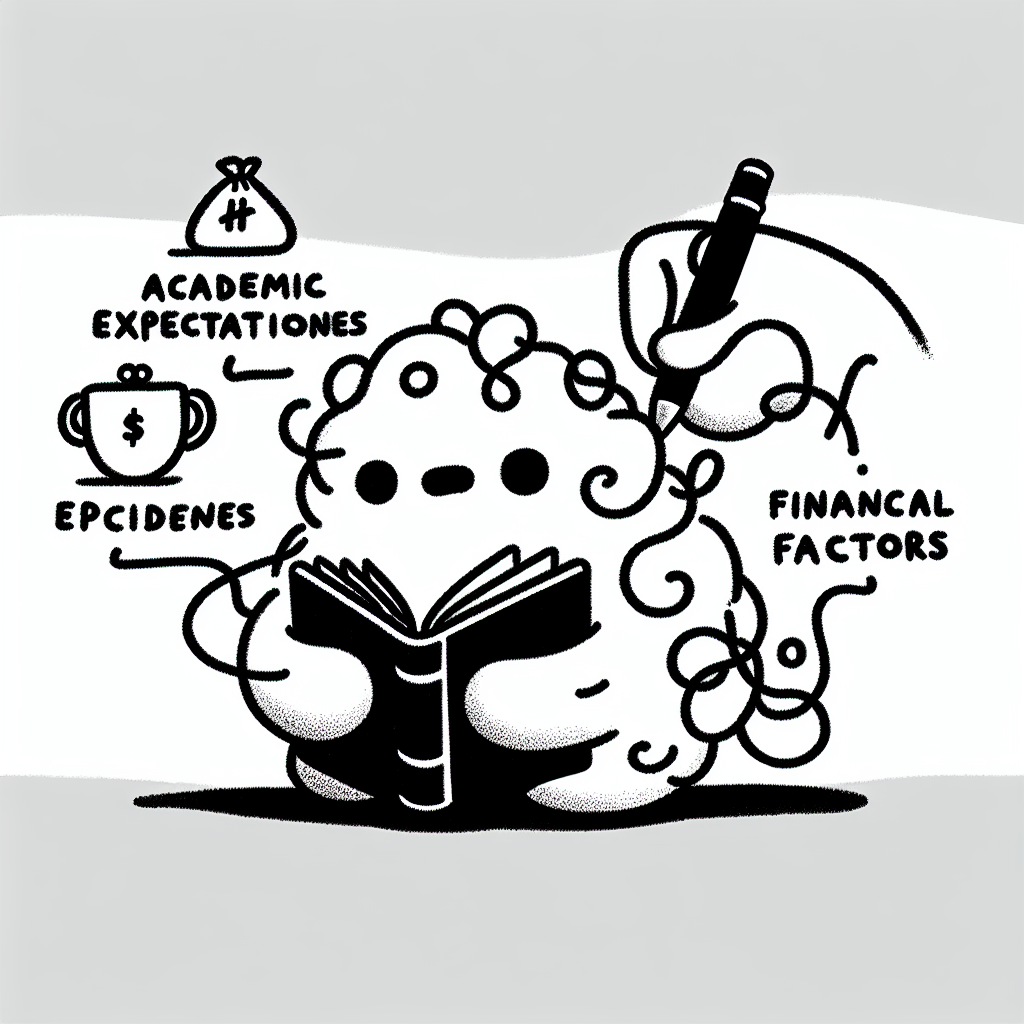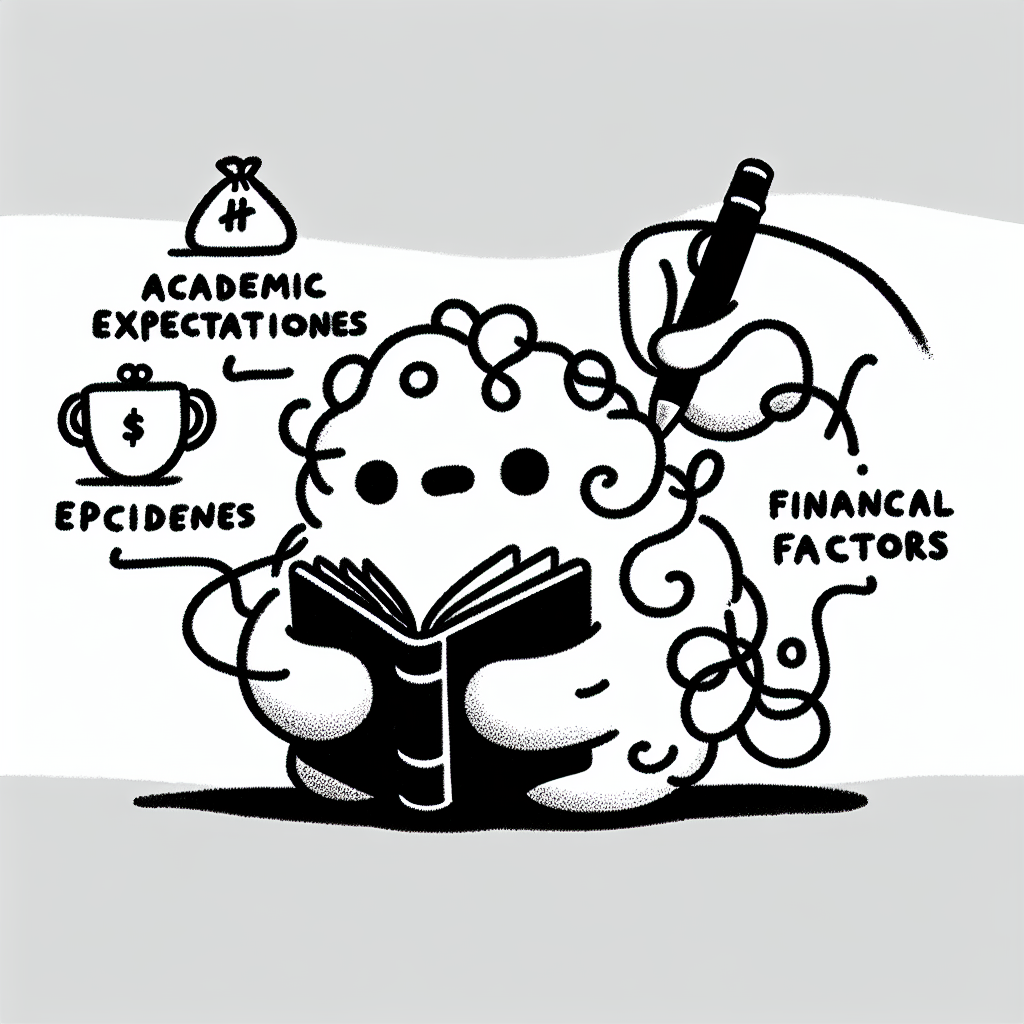Introduction
Tufts University offers two Early Decision (ED) application options—ED I and ED II—that can influence an applicant’s likelihood of admission. Students who apply through Tufts' ED plans commit to attending if admitted, which signals a high level of interest to the admissions committee. This guide examines the details of Tufts’ ED process, including how the tufts ed acceptance rate compares to other application rounds, historical trends, and key strategic factors for prospective applicants.

Overview of Tufts Early Decision Options
ED I and ED II Deadlines & Structure
Tufts University offers two Early Decision (ED) options: ED I and ED II. The ED I deadline is in early November, while ED II applications are due in early January. Both ED I and ED II are binding, meaning students who are accepted through either round must commit to attend Tufts and withdraw all other college applications.
ED II provides added flexibility for students who may have discovered Tufts later in the college search process or who were deferred or denied from ED I at another school. This second round gives applicants another chance to express a strong commitment to Tufts while still benefiting from the potential advantages of applying early. According to CollegeGrantHub, both ED rounds can offer strategic advantages when considering the Tufts ED acceptance rate.
Binding Commitment Explained
Applying Early Decision to Tufts requires a binding commitment. This means that if a student is admitted, they must enroll at Tufts. To enforce this agreement, applicants, their parents or guardians, and high school counselors must all sign an Early Decision Agreement. Upon admission, the student is also required to withdraw all other college applications.
This process is designed for students who are certain that Tufts is their first-choice school. The binding nature of the agreement underscores the university’s intention to admit students who are genuinely enthusiastic about joining the Tufts community. The Tufts ED acceptance rate reflects this level of commitment from applicants.

📈 Acceptance Rates: ED vs. Regular Decision
The Tufts ED acceptance rate has consistently been higher than the rate for Regular Decision applicants. Looking at historical data, the Class of 2022 saw an Early Decision (ED) acceptance rate of 42.3%, compared to just 11.4% for Regular Decision candidates. This disparity highlights the strategic advantage of applying ED for students who are confident that Tufts is their top choice.
Source
More recently, for the 2024 admissions cycle, Tufts reported an overall acceptance rate of approximately 10%. Although the university did not release the specific ED acceptance rate for that year, the longstanding trend suggests that ED applicants continue to benefit from a significantly higher chance of admission.
Source
Several factors contribute to the consistently higher Tufts ED acceptance rate. Early Decision applicants are often more academically prepared and demonstrate a clear interest in attending Tufts. Additionally, the binding nature of ED offers the university a higher yield rate, making these applicants more appealing to the admissions office.
Source

Strategic Advantages of Applying Early Decision
Demonstrated Interest
Applying Early Decision (ED) to Tufts signals a student's strong and unequivocal commitment to the university. This level of demonstrated interest can positively influence admissions decisions, as it reduces uncertainty for the admissions office about whether an admitted student will enroll. In fact, applying ED can substantially increase a student's chances of acceptance compared to Regular Decision, as reflected in the higher Tufts ED acceptance rate Source.
Admissions Leverage
Tufts often evaluates ED applicants with a more holistic approach, taking the full context of their academic and personal background into account. This can be advantageous for students who may be strong but borderline candidates in the Regular Decision pool. Because the university knows ED applicants are committed, Tufts may be more inclined to take a chance on promising students who align with institutional priorities, further contributing to the higher Tufts ED acceptance rate.
Financial Aid Considerations
While Tufts meets 100% of demonstrated financial need, applying ED means committing to enrollment before seeing financial aid offers from other institutions. This can be a significant factor for families evaluating affordability. To make an informed decision, families are encouraged to use Tufts’ Net Price Calculator to estimate potential aid. Understanding these implications is crucial, especially since the Tufts ED acceptance rate reflects a process that favors commitment but requires financial preparedness.

📚 Applicant Profile: Who Should Apply ED?
When considering the Tufts ED acceptance rate, it's important to understand what kind of applicant is best suited for Early Decision. Applying ED is a serious commitment, and Tufts looks for students who not only meet academic benchmarks but also demonstrate a strong alignment with the university’s values and community.
Academic Requirements
Applicants should present a strong academic record, typically characterized by a high GPA and enrollment in rigorous coursework such as AP, IB, or honors classes. Standardized test scores, if submitted, should be competitive and reflect the academic strength expected at Tufts. Students accepted through ED often match or exceed the academic profile of regular decision applicants, which contributes to the relatively higher Tufts ED acceptance rate.
Extracurricular and Personal Fit
Beyond academics, Tufts values students who have demonstrated leadership, sustained involvement in extracurricular activities, and a commitment to their communities. A well-crafted personal statement and thoughtful supplementary essays are essential. These components should express clear enthusiasm for Tufts and reflect the applicant’s fit with the university's culture and mission.
Ideal ED Candidate
The ideal Early Decision candidate is one who has thoroughly researched Tufts and feels confident that it is their first-choice institution. Given the binding nature of ED, these applicants should also have a clear understanding of the financial obligations involved. Students with a strong academic and extracurricular profile that aligns with Tufts’ admitted student averages are more likely to benefit from the higher Tufts ED acceptance rate Source.

🔍 Comparing Early Decision and Regular Decision
When evaluating the Tufts ED acceptance rate, it's essential to understand how Early Decision compares to Regular Decision in terms of benefits and trade-offs. Early Decision often presents a strategic advantage in admissions, but it comes with commitments that may not suit every applicant.
Pros and Cons of Each Path
CriteriaEarly DecisionRegular DecisionAcceptance RateHigherLowerApplication DeadlineEarlier (Nov/Jan)Later (Jan 1)Decision Binding?YesNoFinancial FlexibilityLimitedGreaterDemonstrated InterestStrongly signaledLess pronounced
The Tufts ED acceptance rate is typically higher than the rate for Regular Decision, indicating that applying through ED can improve an applicant’s chances. However, this comes at the cost of binding commitment and less flexibility in evaluating financial aid packages.
When Regular Decision May Be the Better Choice
- Students who want to compare financial aid offers.
- Applicants still exploring other college options.
- Candidates who need additional time to strengthen their academic profile.
For students who are uncertain about their top-choice school or who need to consider financial aid terms, Regular Decision offers crucial advantages despite the lower Tufts ED acceptance rate.

Final Thoughts
Applying Early Decision (ED) to Tufts can significantly impact your chances of admission. The Tufts ED acceptance rate is notably higher than its Regular Decision rate, making it an appealing option for students who are confident Tufts is their top choice.
However, it's important to consider the binding nature of ED. Once accepted, you're committed to enrolling, which means you may not be able to compare financial aid offers from other schools. This can be a limiting factor, especially for students who need to evaluate their financial options carefully.
Strategically, applying ED to Tufts only makes sense if your academic profile aligns well with the university’s expectations and you're certain it’s the right fit for you both academically and financially. Understanding the implications of the Tufts ED acceptance rate helps in making an informed decision about whether this path is right for you.

Sources and Further Reading
To explore more about the Tufts ED acceptance rate and gain deeper insights into the admissions process, consider reviewing the following sources:
- Tufts University Early Decision Deadlines and Overview – CollegeGrantHub
- Class of 2022 Admission Rates – AdmissionSight
- Why Tufts ED Acceptance Rates Are Higher – CollegeVine














